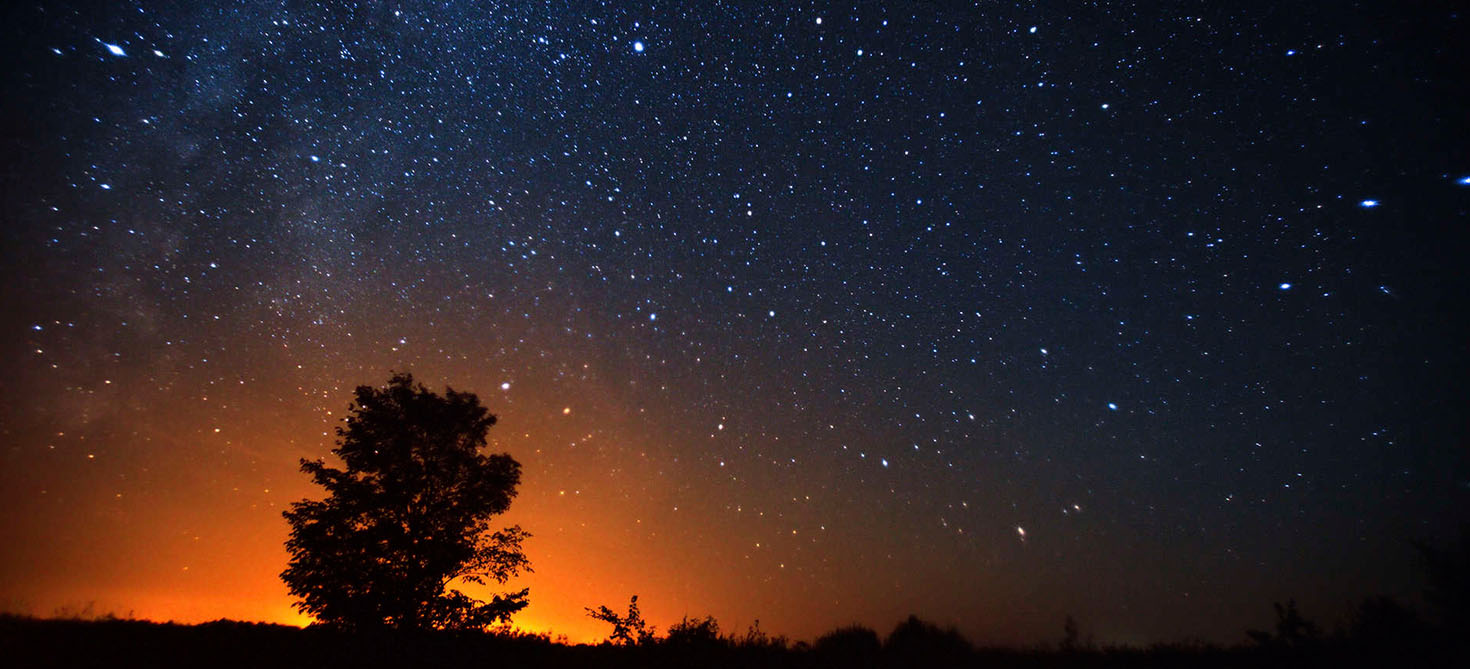Night Sky and Basic Astronomy

Guide to the Night Sky and Basic Astronomy
Face-on spiral galaxy Messier 101 (image credit: Terry Hancock)Interested in learning more about stargazing and the night sky? Here’s the place to start. On this page, you find basic guides and articles to help you learn the night sky and the major stars and constellations. You discover the amazing range of objects you can see in the night sky, from the Moon and planets to distant galaxies. You also get clear advice on how to choose a telescope and binoculars for backyard astronomy.
Stargazing Basics
Basic stargazing isn’t that hard. If you can follow a map to find your way around a new city, you can find your way around the night sky. Follow the links on this section to learn the layout of the night sky, as well as how the sky appears to move during the year.
- The Celestial Sphere
- The Celestial Poles and Celestial Equator
- The Ecliptic and Zodiac
- How the Sky Moves
- How to Read a Star Chart
- Measuring Angles in the Night Sky
- Sky Coordinates
- Star Brightness and Magnitude
- The Brightest Stars
- Star Names
- Messier and NGC Objects
What You Can See in the Night Sky
In these articles, you discover a little about the amazing range of beautiful objects you can see in the night sky, from the Moon and planets to star clusters, nebulae, and galaxies. This knowledge will be a huge help with your stargazing sessions. Because understanding the celestial objects you see in your binoculars or telescope is sometimes as much fun as seeing them.
- The Moon
- Seeing the Planets
- Meteors, Meteor Showers, and Comets
- Star Basics
- Dark and Diffuse Nebulae
- Open Star Clusters
- Globular Star Clusters
- Red Giants, Planetary Nebulae, and White Dwarfs
- Galaxies
Basic Night Sky Tours
These basic sky tours of the northern and southern hemispheres are organized more or less by season: spring, summer, autumn, and winter. Start with your current season and go from there. Each has a one-page circular map you can print and take with you for your stargazing sessions, as well as a few tips about how to read the maps. Move onto the other seasons of the year as your schedule allows.
Northern Hemisphere
- Spring (April-June)
- Summer (July-September)
- Autumn (October-December)
- Winter (January-March)
Southern Hemisphere
- Autumn (April-June)
- Winter (July-September)
- Spring (October-December)
- Summer (January-March)
Choosing Telescopes and Binoculars
These articles will show you the basics of choosing a beginner’s telescope and a good pair of binoculars for visual observation of the night sky. With this know-how, you’ll be able to choose the right stargazing tools for your budget and personal situation, tools that will let you see thousands of beautiful and memorable celestial objects that few people ever get to see.
- How to Choose a Telescope (Video Series). If you’re looking to buy your first telescope, start by checking out this video series about astronomy telescopes, binoculars, and accessories for beginners.
- Binocular Basics
- Choosing Binoculars for Stargazing
- Image-stabilized binoculars for astronomy
- Read This Before You Buy a Telescope
- The Purpose of a Telescope
- Guidelines for Choosing a Good Telescope
- Refractor Telescopes
- Newtonian and Dobsonian Reflector Telescopes
- Schmidt-Cassegrain Telescopes
- Maksutov-Cassegrain Telescopes
- Telescope Mounts
- Accessories for Telescopes
- Suggested Telescopes (About $500)
- Suggested Telescopes (About $1,500)


